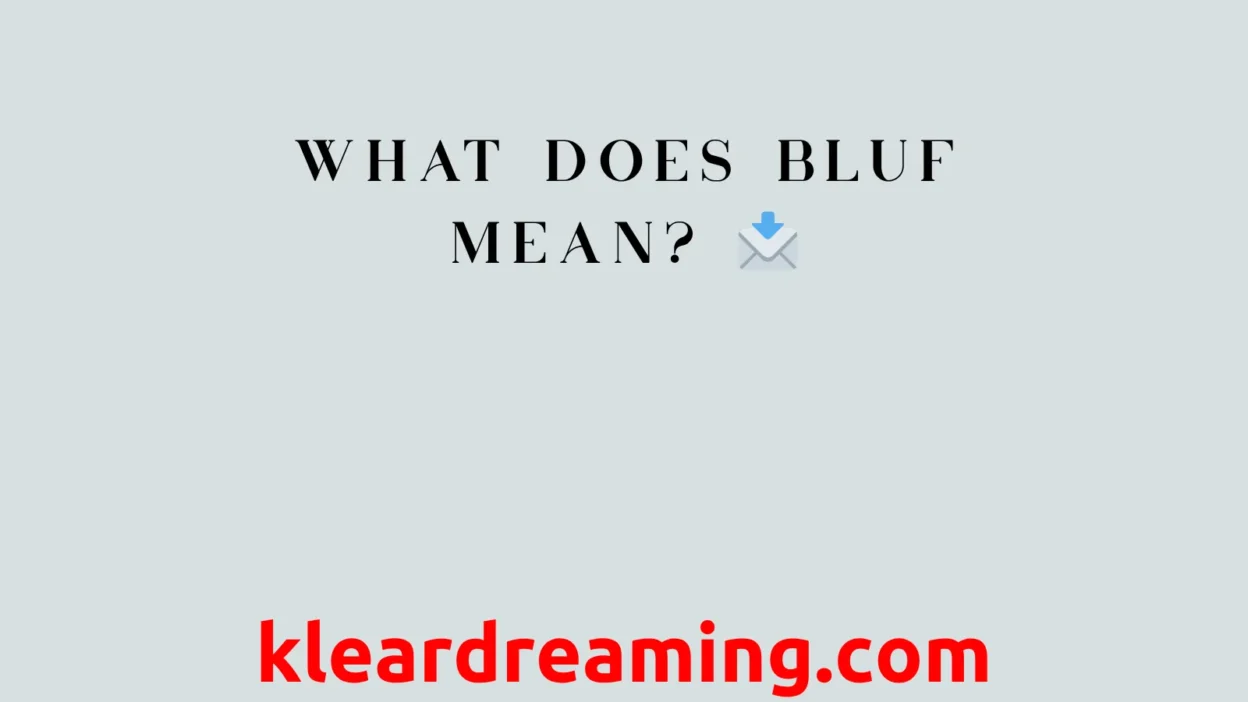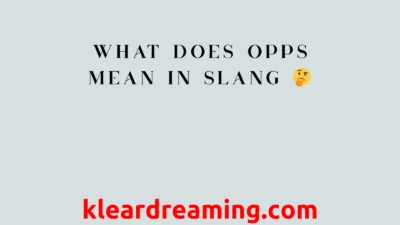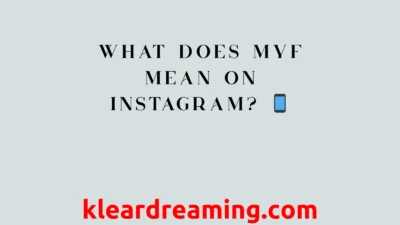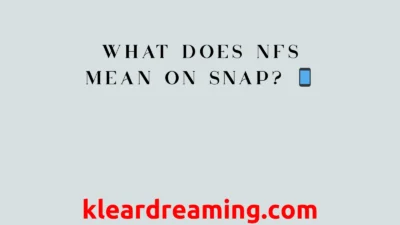Have you ever been scrolling through texts, emails, or social media and spotted BLUF, then thought, “Hmm… what does that mean?” 😅 You’re not alone. Slang and abbreviations pop up everywhere, and it’s easy to feel like you’re missing out on a secret language. The first time I saw BLUF, I assumed it was some new gaming term. Turns out, it’s a surprisingly useful way to make your messages clear and concise, whether you’re texting a friend, emailing your boss, or posting online.
Quick Answer: BLUF stands for “Bottom Line Up Front.” It’s a friendly, professional, and straightforward way to present the most important information first—no long-winded explanations required.
In this article, we’ll dive deep into BLUF, show you how to use it correctly, give real-life examples, explore similar slang, and answer all your burning questions. By the end, you’ll be a BLUF pro. Let’s get started! 🚀
What Does BLUF Mean in Text? 🧠
BLUF = Bottom Line Up Front.
The concept originated in military communication to save time. Officers needed to deliver key information quickly without burying the main point under unnecessary details. From there, it expanded into corporate and professional settings and eventually into texting and online communication.
In texting, using BLUF means you start with the main point before adding explanations or context. It’s not rude—it’s efficient. People appreciate it when you cut straight to the chase, especially in fast-paced chats.
Example in text:
“BLUF: The team meeting is at 3 PM, not 2 PM like we thought. Please adjust your schedules.”
Notice how the key info comes first, then additional details follow. This makes it easier for the reader to immediately understand what matters most.
In short:
BLUF = Bottom Line Up Front = Get straight to the point efficiently ✅
Where Is BLUF Commonly Used? 📱
BLUF is versatile and appears in several contexts:
- 📨 Emails – Professionals use BLUF in work emails to save time and avoid confusion.
- 💬 Texting – Friends, colleagues, or teams may use it to make messages concise.
- 🖥️ Work Chats – Slack, Teams, or Discord channels often see BLUF used in updates or instructions.
- 🎮 Gaming Chats – Quick updates or strategies benefit from BLUF style.
- 🎯 Social Media – Especially in Twitter threads, LinkedIn posts, or informative Instagram captions.
Tone & Usage:
- Formal: Corporate emails or professional messages.
- Casual: Friendly chats with coworkers or classmates.
- Social Media-Friendly: Clear, snappy, and attention-grabbing posts.
BLUF is not typically flirty, sarcastic, or humorous—it’s all about clarity and efficiency.
Why BLUF Is So Useful 📝
You might wonder, why bother using BLUF at all? Here’s why:
- Saves Time: Everyone is busy. BLUF allows readers to understand the main idea in seconds.
- Reduces Misunderstandings: Key points upfront prevent confusion or miscommunication.
- Professional Impression: Using BLUF in work contexts shows you respect others’ time.
- Versatile: Works in texts, emails, gaming chats, and social media posts.
- Reader-Friendly: People scroll fast; BLUF ensures your message is noticed.
Pro Tip: Even in casual texts, starting with the main idea can prevent endless back-and-forth messages.
Examples of BLUF in Conversation 💬
Here are some realistic scenarios where BLUF fits perfectly:
Example 1:
A: “Hey, do we need to prep for tomorrow’s call?”
B: “BLUF: Yes, slides 3-7 need updates.”
Example 2:
A: “Can you check the report?”
B: “BLUF: Everything looks good except the budget section.”
Example 3:
A: “What’s the plan for dinner?”
B: “BLUF: Pizza at 7, don’t be late 😎”
Example 4:
A: “Did you hear back from the client?”
B: “BLUF: They approved the proposal, so we’re good to go!”
Example 5:
A: “Are we still meeting at the park?”
B: “BLUF: Rain check, meet at the cafe instead ☕”
Example 6:
A: “Any updates on the project?”
B: “BLUF: Timeline extended by 2 weeks.”
Example 7:
A: “I don’t get why this is urgent.”
B: “BLUF: Client wants it done today.”
Pro Tip: Using BLUF in casual chats can make you look organized, considerate, and direct—without seeming bossy.
When to Use and When Not to Use BLUF 🕓
✅ When to Use BLUF
- Friendly work chats
- Team updates
- Quick instructions
- Texts needing clarity
- Social media posts with a key message
❌ When Not to Use BLUF
- Formal letters or applications
- Serious or emergency situations
- Flirty or playful texts
- Conversations where tone matters more than speed
Comparison Table:
| Context | Example Phrase | Why It Works |
|---|---|---|
| Friend Chat | “No rush, BLUF: see you later 😄” | Casual & friendly |
| Work Chat | “BLUF: We need the report by 5 PM” | Clear & professional |
| “BLUF: Approval needed by Friday” | Formal & concise | |
| Social Media | “BLUF: Tips for healthy eating 🍎” | Direct & easy to read |
| Gaming Chat | “BLUF: Defend base first, then attack!” | Quick, actionable info |
Similar Slang Words or Alternatives 🔄
If BLUF isn’t your style, or you want more options for clear communication, check out these alternatives:
| Slang | Meaning | When to Use |
|---|---|---|
| TL;DR | Too Long; Didn’t Read | Summarize long posts or threads |
| FYI | For Your Information | Sharing info politely |
| ASAP | As Soon As Possible | Urgent but direct |
| BRB | Be Right Back | Casual chat |
| IMO | In My Opinion | Expressing personal views |
| FWIW | For What It’s Worth | Offering advice or info casually |
| OMW | On My Way | Quick response in casual texts |
Pro Tip: Pairing BLUF with other abbreviations like FYI or ASAP can make your communication even more efficient.
FAQs About BLUF ❓
1. Is BLUF formal or casual?
BLUF is flexible—professional in emails and work chats, casual among friends. Context matters.
2. Can I use BLUF in texts with friends?
Yes! Just ensure you’re being direct, not playful or sarcastic.
3. How is BLUF different from TL;DR?
BLUF starts with the main point, while TL;DR usually summarizes at the end.
4. Is BLUF widely understood?
Among corporate, military, and professional circles, yes. Casual texters may not always know it.
5. Can BLUF be used in social media posts?
Absolutely! Works great in Twitter threads, LinkedIn posts, and Instagram captions for attention-grabbing clarity.
6. Can BLUF improve my professional communication skills?
Yes! Using BLUF shows efficiency, respect for others’ time, and helps your messages stand out in crowded inboxes.
7. What are the common mistakes when using BLUF?
- Placing the main point at the end
- Overloading with unnecessary info
- Using it in casual, humorous texts where tone matters
BLUF in Everyday Life 🌟
BLUF isn’t just for work—it can be a life hack for communication:
- In family chats: “BLUF: Dinner at 7 PM tonight 🍝”
- With roommates: “BLUF: Trash day is tomorrow, don’t forget.”
- Event planning: “BLUF: Venue changed to Main Street Hall.”
Even outside texting, thinking in a BLUF mindset—start with the key point—can make you clearer, more persuasive, and easier to understand in meetings, presentations, and conversations.
Pro Tip: Pair BLUF with emojis in casual messages—it keeps the tone friendly while staying concise.
Conclusion:
Using BLUF is all about efficiency, clarity, and respect for your reader’s time. Whether in emails, work chats, gaming updates, or social media posts, it ensures your message is noticed and understood quickly. By learning when and how to use it, you can improve communication, avoid confusion, and even look organized and professional—without extra effort.
Next time you see BLUF, you’ll know exactly what it means and how to use it in both casual and professional conversations. So go ahead, drop BLUF into your messages like a pro and watch how it streamlines your communication! 🚀



